Cleanup
Foregrip Removal
Staining and Finishing
Conclusion
More articles
Cleanup
Staining would have to wait, though. The furniture slated for staining came off a 1975-vintage Romanian military AK. The rifle had seen a lot of hard use, and its handguards and buttstock hadn't fared any better. Whatever finish once graced these elegant pieces of plywood had long since been replaced by grease and grime.
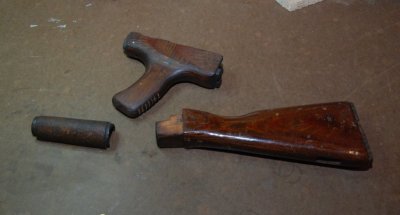
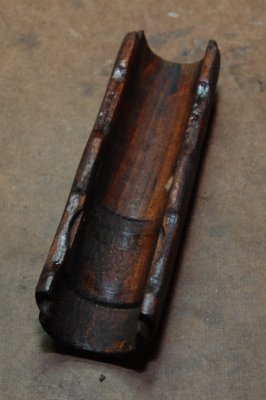
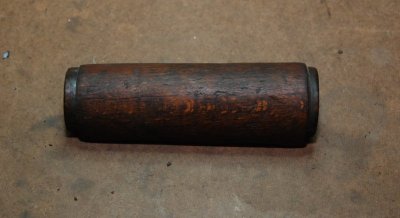
The buttstock was in surprisingly good condition, though, with varnish still intact; it must have been a relatively recent replacement. Given the condition of the handguards, one shudders to think how bad the stock must have been to warrant swapping it out.

Probably not the stock finish.
The best way to clean filthy gunstocks is Purple Power degreaser. Unlike other popular degreasers (oven cleaner comes to mind), Purple Power doesn't damage wood if rinsed out with alacrity. It's inexpensive, doesn't cause brain damage from fumes, and was available from my local Lowe's Hardware. What's not to like?
No photographs are available of the cleaning process because it was performed after work, in the dark and rain, while wearing ridiculous gloves and goggles, and rinsed off by a hose in the front driveway. You can, however, see the final results:
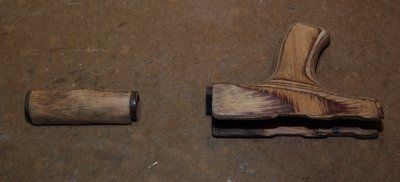
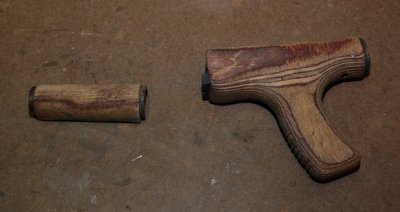
Degreasing revealed a pretty nasty crack in the upper handguard. Upper handguards are prone to cracking--it's some strange phenomenon having to do with being a thin piece of curved wood mounted atop a tube containing enormously hot gasses and subject to rough handling. Maybe science will one day solve this mystery. The handguard would need to be fixed either way.
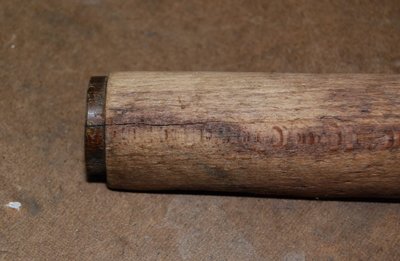
Not all it's cracked up to be.
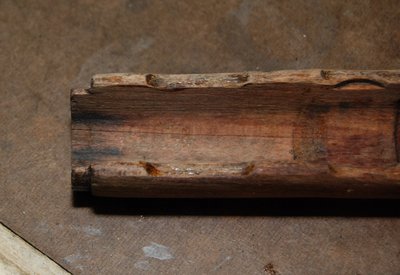
Okay, no more wise-cracks.
Attempts to clean the stock proved largely fruitless; it's as if they put varnish on it to protect the wood or something. Neither mineral spirits nor denatured alcohol had any notable effect on the unearthly communist varnish. It just sat there on the stock, snickering maliciously and muttering insults in Romanian.

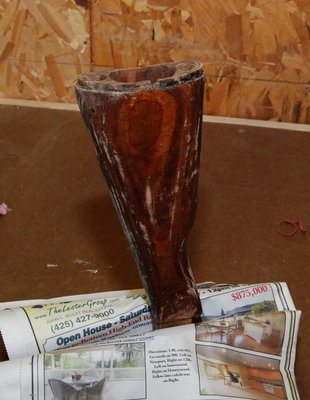
Fine. Time to haul out the big guns.

Not what you expected when Googling "stripper," is it?
As varnish strippers go, the 3M stuff I used isn't actually that big a gun. It's slow to work, often requires multiple applications, and necessitates scraping with a putty knife. However, it doesn't have the enormously scary warnings plastered over the other paint strippers' containers. The way I see it, if you have a choice between two products and one of these products contains warnings about neurological damage, it's worth a bit of extra work to use the alternative.
Plus, the repeated applications required generated even more photos for the article.

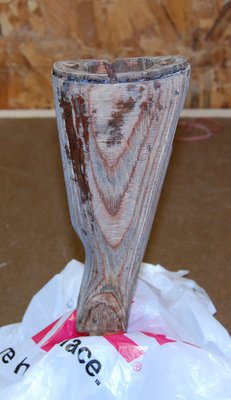
Missed a spot.

Spot un-missed.
At long last the buttstock was stripped of finish. Like the handguards, cleaning had left it slightly rough and fuzzy. Although it ran the very real risk of reducing the collector's value of these rare and unique pieces of Romanian AK furniture (only about twelve trillion were made!) I broke out the sandpaper. A quick touchup with some 120-grit paper knocked down minor irregularities and the 200-grit followup imparted a satiny texture to the wood.

I actually went further and hit the wood with some 400, then 800-grit paper in an attempt to make it very smooth and glossy. This was successful, but it didn't feel quite right for AK wood and I worried that if the wood were that polished it wouldn't take stain as readily. A few minutes' work with the 200-grit sandpaper restored the wood to its previous condition.
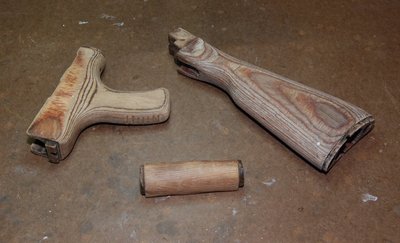
This was the point at which I attempted to repair the crack on the upper handguard. There are many techniques for repairing small cracks in wood stocks, but the most popular is to use superglue. I opted for a more unusual method that had piqued my curiosity: applying a small amount of wood glue to one side of the crack and using a shop vac to suck it through to the other side. The reason there are no photos of this process is because it requires three hands, leaving none available to hold a camera. Even had I enlisted the help of my friendly yet sarcastic local photographer, the creative contortions required to position the shop-vac hose would have made her laugh until she drooled on herself, preventing any but the most blurry, saliva-streaked photos.
The repairs turned out okay in the sense that the upper handguard was slightly stronger afterward. In retrospect, superglue would have been preferable: The curved handguard surface made getting good suction difficult, and clamping nearly impossible. But the wood glue added a bit of strength to the cracked area, even if the crack was not altered enough to justify an "after" photo. It was a pity, really, since now this small imperfection would mar the otherwise pristine and graceful lines of the elegant, refined AK. (I couldn't get through that sentence with a straight face, either.)
email: hidi.projects at gmail.com